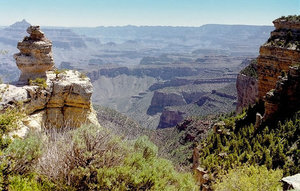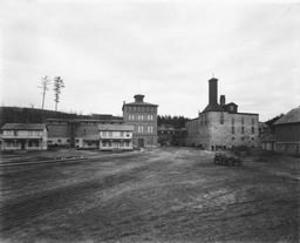The Southwest is rich in natural geological formations. Even Las Vegas, while being considered as the region’s artificial American metropolis best known for its man-made structures and glowing neon colors, can serve as a gateway to one of the Seven Natural Wonders of the World, the Grand Canyon.
Traveling by Land and by Air
After enjoying Las Vegas’ kaleidoscope lights and mock-ups of legendary structures from other renowned destinations such as New York, Paris, Venice, and Egypt, you can readily travel to nature’s own version of architectural splendor for about five hours by car to reach the Grand Canyon. Or better yet, you can spend a much shorter travel time by boarding a small plane or helicopter for a scenic flight from this desert location, inclusive of a bird’s eye view of the Las Vegas cityscape. Generally, tourists can enjoy this aerial trip from two to four hours.
Enjoying a Day Trip
The Grand Canyon has about 300 miles of driving distance from Las Vegas. You can actually drive going there, then go back within a single day. If you leave Las Vegas by early morning, then return by late afternoon, you will most likely get back to the city by late evening, depending on your stopovers.
Regions to Explore
The awe-inspiring landscapes of the Grand Canyon are always a sight to behold from every angle. With miles and miles of geological wonders available for tourists to see, the best way to pay a visit is to choose a specific region you want to explore. A single day or even a few days wouldn’t be enough to have a complete tour of its great expanse of natural spectacles.
You can choose from the three major regions of the Grand Canyon for every visit. The most popular region is known as the South Rim, which is considered the most scenic and most developed part of the canyon. It has a year-round availability and a wider array of attractions, activities, and accessible routes for travelers.
The North Rim draws fewer crowds and is only seasonally opened. It is located in a more remote area and it is a more challenging choice that best serves the tastes of adventurous travelers.
The West Rim, which is located at the canyon’s far western end, is home to the Grand Canyon Skywalk, an attraction managed by the Hualapai Tribe. This consists of a horseshoe-shaped steel bridge with glass parts and sides that protrude outward from the side of a large canyon.



